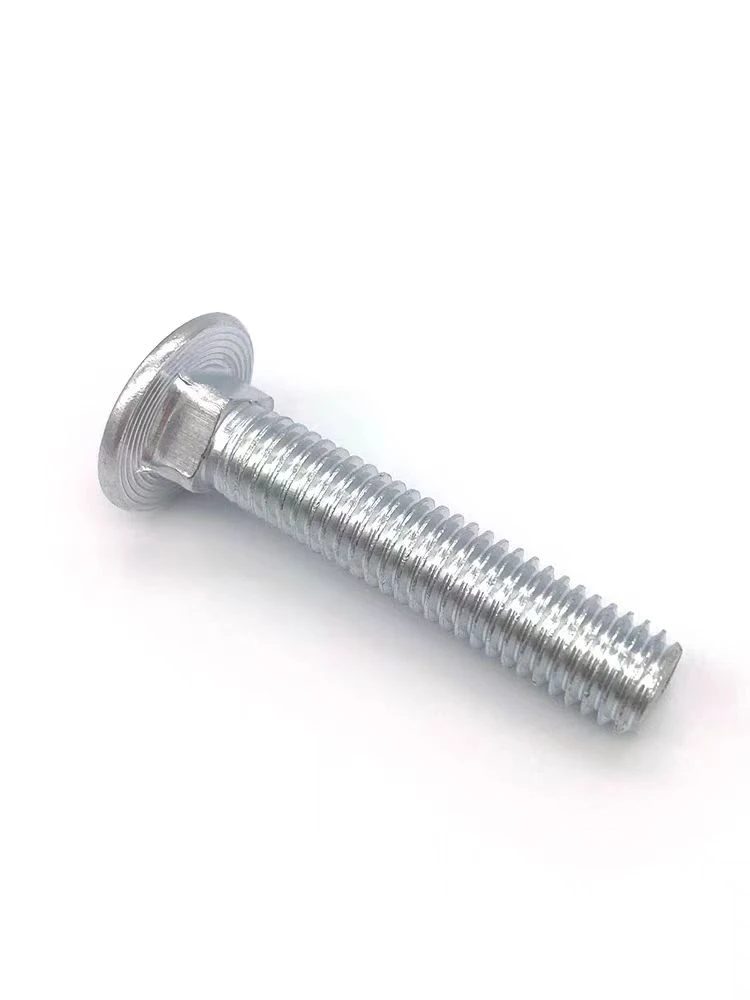

quick release fasteners
Nov . 14, 2024 22:23 Back to list
quick release fasteners
Understanding Quick Release Fasteners A Comprehensive Overview
In various industries, efficient assembly and disassembly processes are crucial for improving productivity and reducing downtime. One of the pivotal components in achieving this efficiency is the use of quick release fasteners. These innovative fastening solutions significantly enhance operational versatility and speed, making them invaluable in sectors ranging from automotive to aerospace.
Quick release fasteners are designed for rapid attachment and removal without the need for complex tools. This is particularly advantageous in scenarios where frequent adjustments or replacements are necessary. For instance, in the field of motorsports, mechanics often require the ability to swiftly change components during races. Quick release fasteners allow them to do this with minimal delay, ensuring vehicles are always performing at their best.
One of the most prominent features of quick release fasteners is their user-friendly design. Many of these fasteners utilize a spring-loaded mechanism or a lever that allows users to assemble or disassemble parts with just a simple pull or twist. This ease of use not only streamlines operations but also reduces the likelihood of errors that could occur with more complex fastening systems.
Moreover, quick release fasteners are versatile and come in various forms to meet different operational needs. Common types include cam locks, push-to-release fasteners, and pin locks. Each type serves specific applications, from securing body panels in automotive construction to holding components together in manufacturing equipment. The choice of fastener often depends on the required strength, size, and specific environmental conditions the fastener will be exposed to.
quick release fasteners

Durability is another critical aspect of quick release fasteners. Designed to withstand rigorous conditions, these fasteners are often made from high-quality materials such as stainless steel or anodized aluminum. This ensures that they remain reliable over extended periods, even in harsh environments like outdoor construction sites or high-performance machinery settings.
The advantages of quick release fasteners extend beyond mere convenience. In the realm of safety, these fasteners can reduce the risk of accidents caused by loose or improper fastening. Their reliable locking mechanisms ensure that components stay securely in place, thus preventing potential failures that could lead to significant hazards.
In many cases, integrating quick release fasteners into a design can also lead to cost savings. While the initial investment in higher-quality fasteners may be higher, the reduction in assembly time and increased efficiency can result in substantial savings in labor costs and downtime. Furthermore, the ease of maintenance and repairs associated with these fasteners means that companies can keep their equipment running smoothly for longer periods.
In conclusion, quick release fasteners represent a critical advancement in fastening technology. Their ability to facilitate rapid assembly and disassembly, combined with durability and safety features, makes them essential tools across various industries. As businesses continue to seek ways to optimize operations and enhance productivity, the adoption of quick release fasteners will likely grow, demonstrating their value in a fast-paced world. Embracing these innovative fasteners can lead to improved efficiency, safety, and ultimately, success in today's competitive market.
Latest news
-
High-Strength Hot Dip Galvanized Bolts - Hebei Longze | Corrosion Resistance, Customization
NewsJul.30,2025
-
Hot Dip Galvanized Bolts-Hebei Longze|Corrosion Resistance&High Strength
NewsJul.30,2025
-
High-Strength Hot-Dip Galvanized Bolts-Hebei Longze|Corrosion Resistance&High Strength
NewsJul.30,2025
-
Hot Dip Galvanized Bolts-Hebei Longze|Corrosion Resistance&High Strength
NewsJul.30,2025
-
Hot Dip Galvanized Bolts - Hebei Longze | Corrosion Resistance, High Strength
NewsJul.30,2025
-
High-Strength Hot Dip Galvanized Bolts-Hebei Longze|Corrosion Resistance, Grade 8.8
NewsJul.30,2025

